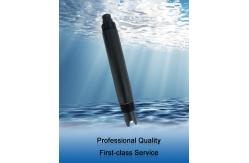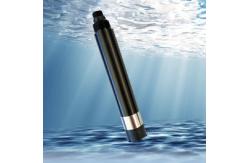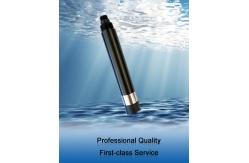Fluorescence Modbus Dissolved Oxygen Meter Immersion Mounting
|
Fluorescence Modbus Dissolved Oxygen Meter Immersion Mounting1.PrincipleKFDO310 integrated on-line fluorescence dissolved oxygen sensor is designed and made based on the quenching principle of excited fluorescence of specific substances in physics. The blue light from the light-emitting diode illuminates the fluorescent material on the inner surface of the fluorescent cap. The fluorescent material on the inner surface is excited and emits red light. By detecting the phase difference between the red light and the blue light, and comparing it with the internal calibration value, the concentration of oxygen molecule can be calculated, and the final value can be output by temperature automatic compensation. 2.Feature
3.Technical Specifications
4.Dimensional Drawing5.Installation and Electrical ConnectionInstallsThe temperature sensing part should be immersed below the liquid surface to avoid collision with the film head surface. The head part of the membrane should be free from sediment.
Examples of Freshwater Organisms and Dissolved Oxygen Requirements
Minimum dissolved oxygen requirements of freshwater fish Coldwater fish like trout and salmon are most affected by low dissolved oxygen levels 19. The mean DO level for adult salmonids is 6.5 mg/L, and the minimum is 4 mg/L ¹². These fish generally attempt to avoid areas where dissolved oxygen is less than 5 mg/L and will begin to die if exposed to DO levels less than 3 mg/L for more than a couple days ¹⁹. For salmon and trout eggs, dissolved oxygen levels below 11 mg/L will delay their hatching, and below 8 mg/L will impair their growth and lower their survival rates. ¹⁹ When dissolved oxygen falls below 6 mg/L (considered normal for most other fish), most trout and salmon eggs will die. ¹⁹ Bluegill, Largemouth Bass, White Perch, and Yellow Perch are considered warmwater fish and depend on dissolved oxygen levels above 5 mg/L21. They will avoid areas where DO levels are below 3 mg/L, but generally do not begin to suffer fatalities due to oxygen depletion until levels fall below 2 mg/L 22. The mean DO levels should remain near 5.5 mg/L for optimum growth and survival ¹². Walleye also prefer levels over 5 mg/L, though they can survive at 2 mg/L DO levels for a short time. Muskie need levels over 3 mg/L for both adults and eggs ²⁵. Carp are hardier, and while they can enjoy dissolved oxygen levels above 5 mg/L, they easily tolerate levels below 2 mg/L and can survive at levels below 1 mg/L ²⁶. The freshwater fish most tolerant to DO levels include fathead minnows and northern pike. Northern pike can survive at dissolved oxygen concentrations as low as 0.1 mg/L for several days, and at 1.5 mg/L for an infinite amount of time ²⁷. Fathead minnows can survive at 1 mg/L for an extended period with only minimal effects on reproduction and growth. As for bottom-dwelling microbes, DO changes don’t bother them much.
If all the oxygen at their water level gets used up, bacteria will
start using nitrate to decompose organic matter, a process known as
denitrification. If all the nitrogen is spent, they will begin
reducing sulfate ¹⁷. If organic matter accumulates faster than it
decomposes, sediment at the bottom of a lake simply becomes
enriched by the organic material. |
||||||||||||||||||||||||||||||||||
| Product Tags: Modbus Dissolved Oxygen Meter Immersion Mount Dissolved Oxygen Meter |
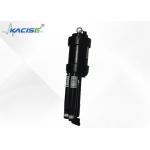
|
KWS-850 On-line Multi-parameter Water Sensor High Accuracy Turbidity Measurement For Wastewater Treatment Plants |
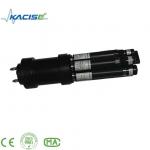
|
Power Consumption 5W 12V KWS-850 Multi-Parameter Water Quality Sensor For Water Monitoring |
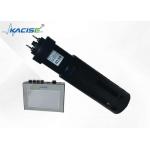
|
Low Maintenance Of The KWS-850 On-line Multi-parameter Water Quality Sensor |
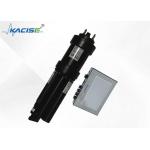
|
Precision KWS-850 On-line Water Turbidity Sensor Water Quality Sensor For Aquaculture |
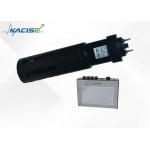
|
The KWS-850 On-line Multi-parameter Water Quality Sensor Can Measure 8 Parameters Simultaneously |
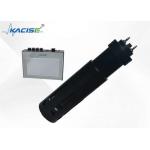
|
The Integrated KWS-850 On-line Multi-parameter Self-cleaning Digital Digital Sensor |

